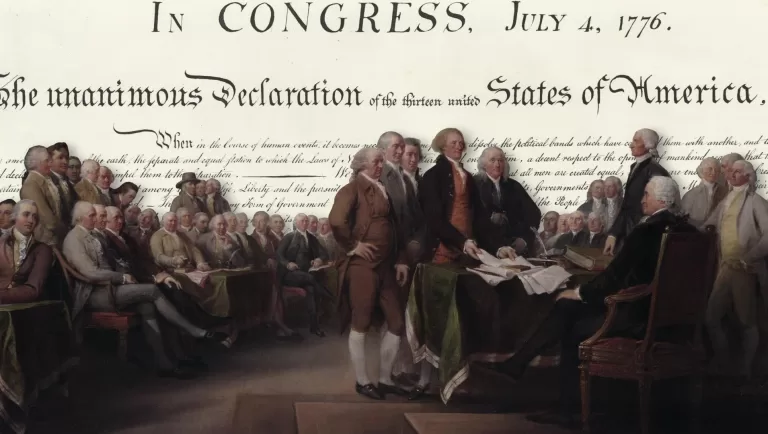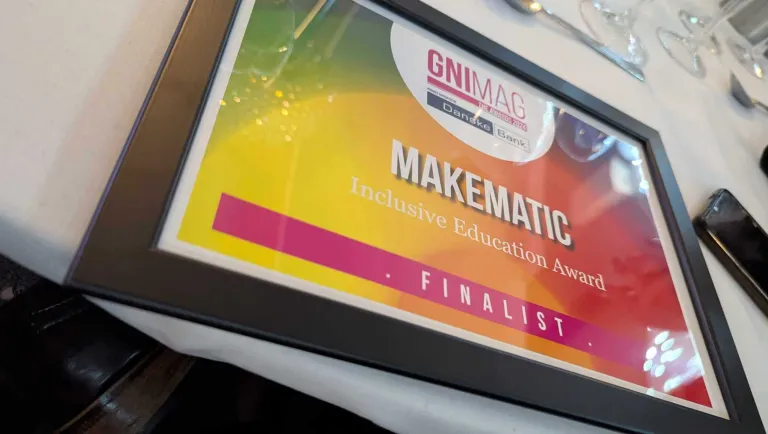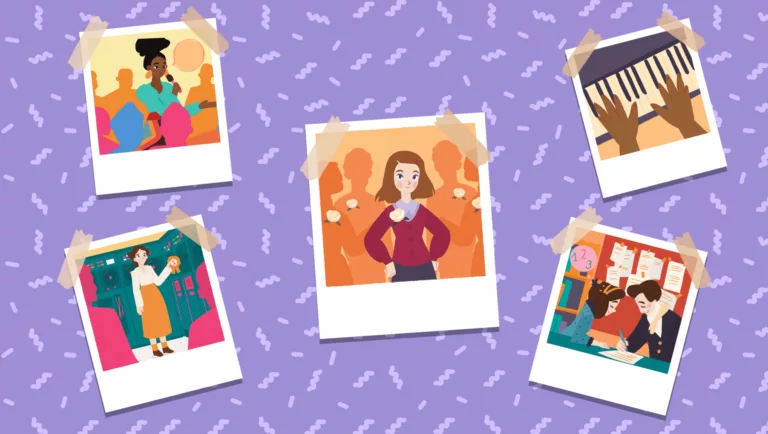
Maybe It's Time We All Went Back To Kindergarten
“An investment in interest always pays off with the best knowledge.”
Mitchel Resnick
I attended the edtech trade show BETT for the first time this year.
Mitchel Resnick, Professor of Learning Research at the MIT Media Lab and director of the research group that developed Scratch, spoke about his new book Lifelong Kindergarten: Cultivating Creativity through Projects, Passion, Peers, and Play.
It is this book that I will talk about in this post.
Who would this book appeal to?
This book is written for educators, parents and designers of educational toys, games and resources.
So what’s the book about?
“To cultivate creativity is to support people working on projects based on their passions, in collaboration with peers in a playful spirit”
The book is about cultivating creativity inside and outside of the classroom by adopting a kindergarten approach to learning. Using the creative learning spiral of imagine, create, play, share, reflect, imagine, Resnick’s team at MIT have developed a set of guiding principles for helping young people develop as creative thinkers: projects, passions, peers and play, and this is what is explored in the book.
What I like about it
“Putting a thin layer of technology and gaming over antiquated curriculum and pedagogy is like putting lipstick on a pig.”
- The discussion on creativity misconceptions. I loved, loved, loved, loved this. Not only does it look at common misconceptions, but clearly explains why they are so.
- The ‘Creative Society’ chapter. This chapter is wonderful! It has tips for learners, parents, educators, designers and developers to help them on their path to 'lifelong kindergarten.'
- Hard fun and motivation. Resnick talks about the important role that hard fun and intrinsic motivation play in the creative process.
- Student Voice. It’s peppered throughout the book. Sometimes the excerpts are a little long, but they serve a really important function.
What I don’t like about it
- The constant reference to Scratch and the Scratch community. It assumes people actually know what it is and how it is used by the community.
- The evidence that he uses to back-up is claims is not robust enough for me. To be fair, he does reference his research groups website which has a full publications list. That said there are very few research papers that actually look directly at the effectiveness and outcomes of the 4P’s approach.
Key Takeaways
- Creativity is a long term process.
- Creativity grows out of a certain type of hard work. It combines curious exploration with playful experimentation and systematic investigation.
- The key challenge is not how to ‘teach creativity’ to children, but rather to create a fertile environment in which their creativity will take root, grow and flourish.
- Community matters. Peer feedback and support is so powerful when done regularly and a safe space is created.
Practical Applications - Projects, Passion, Peers and Play
You can use this model as a framework to plan curriculum. This can be as an individual, a department or faculty or as a whole school.
Use a project based learning approach (PBL) in your classroom. Resnick believes that a PBL approach to learning based on the creative learning style provides an underpinning for this creativity. Not sure where to start, The Buck Institute for Education will help you here.
Start small. Think about ways you can create opportunities for students to be intrinsically motivated in your class and then scale it up to develop a creative classroom environment. Check out this blog here for some really useful tips on how you can do this.
Let's Work together


Makematic Finalists in Inclusive Education Award

